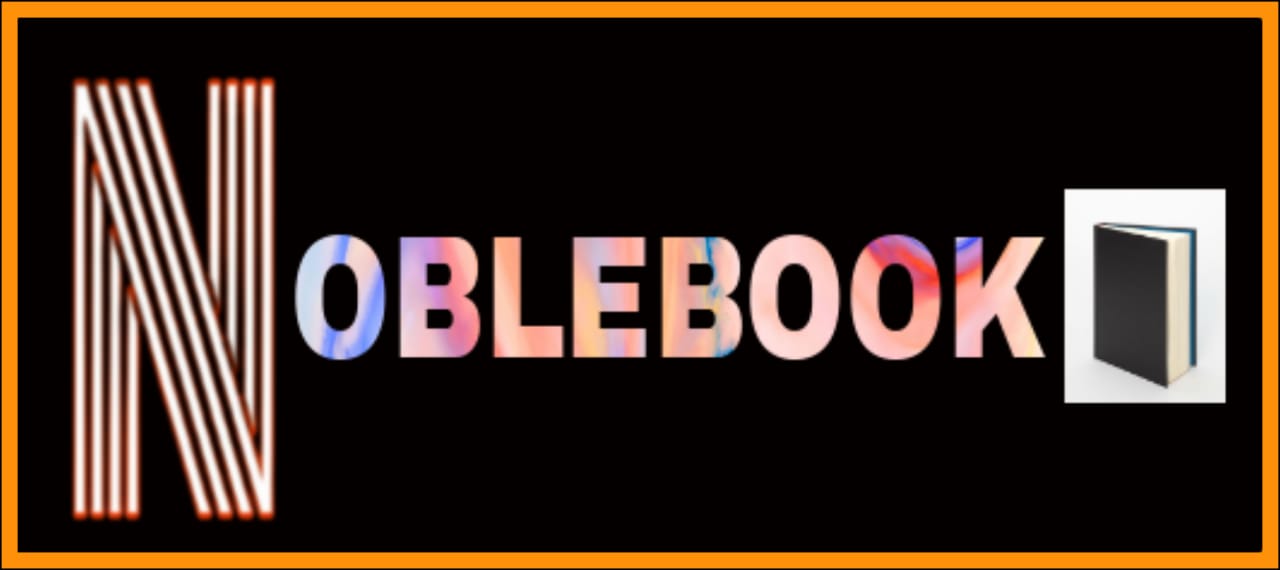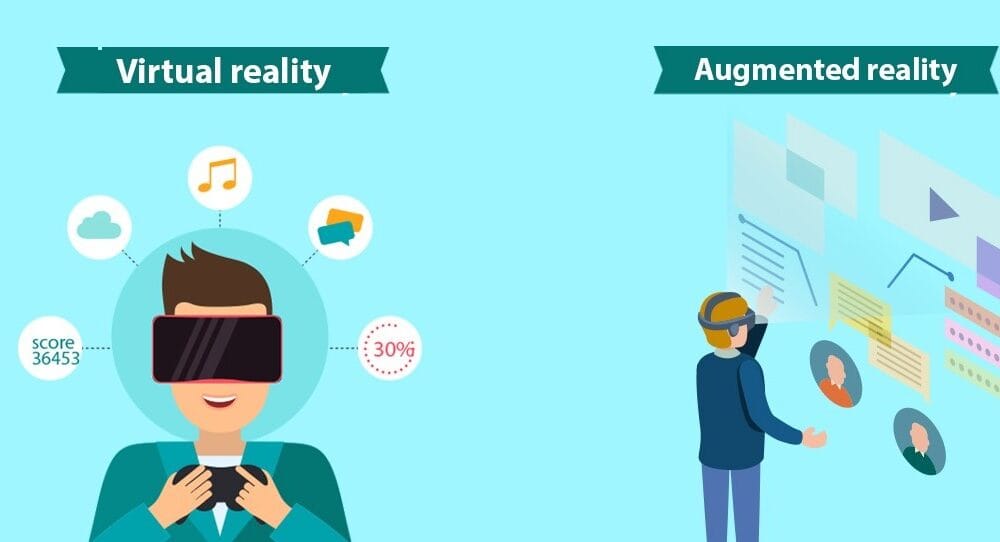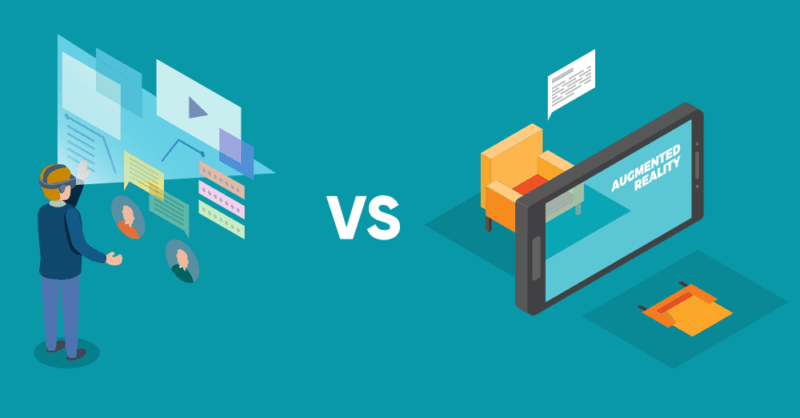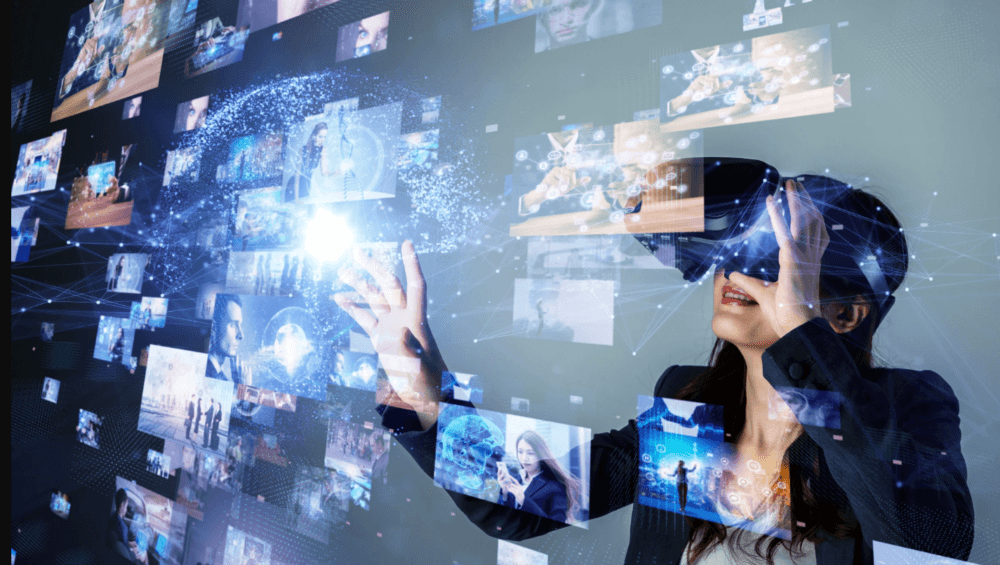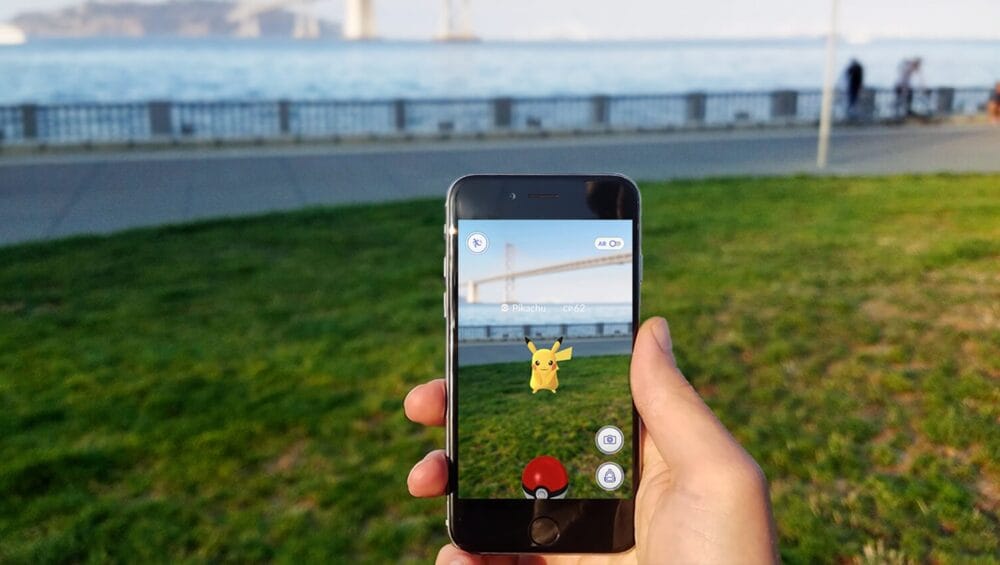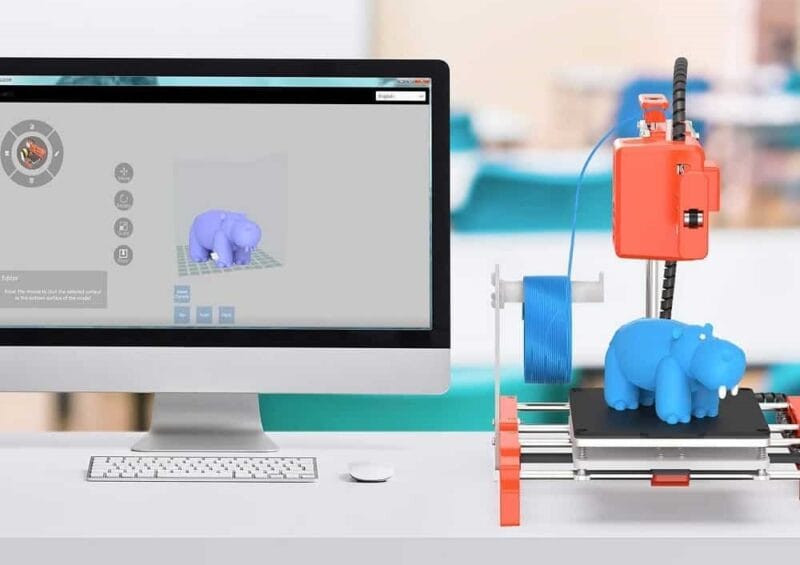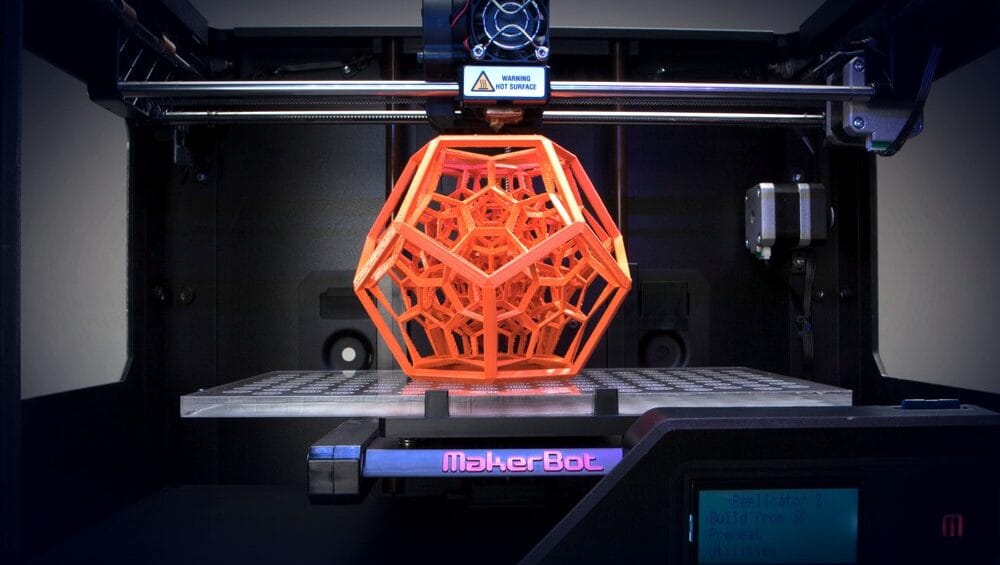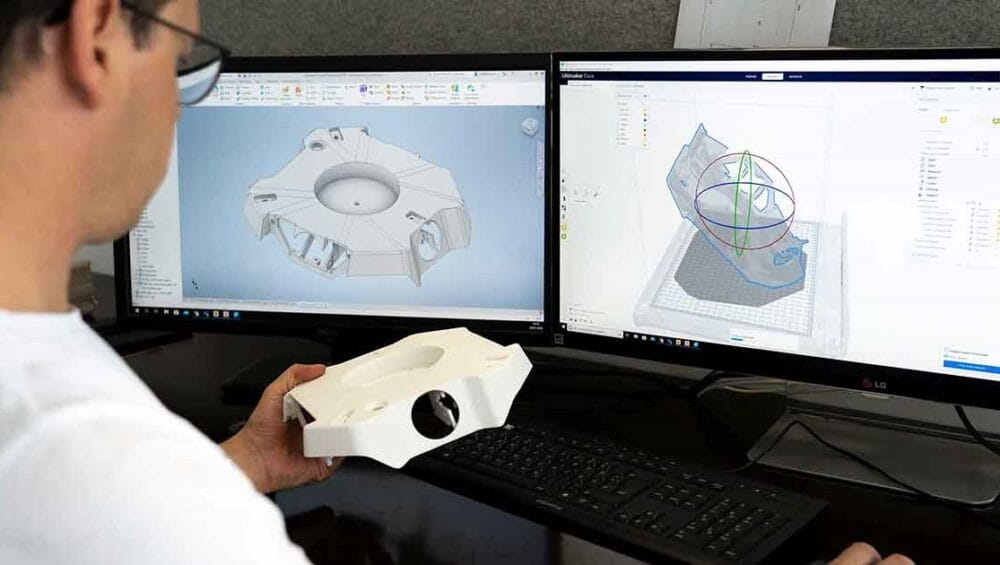Contents
What is an Augmented Reality?
What is virtual reality, Definition and type
What’s the Difference Between Augmented and Virtual Reality?
10 Amazing Examples of Augmented Reality and Virtual Reality.
10 Business Applications of Augmented Reality and Virtual Reality.
A deep study in augmented reality How does it work.
Augmented reality and virtual reality are two of the most exciting technologies that exist today, and although they can seem like similar concepts, they have many differences between them. Virtual reality immerses you in a computer-generated world with no access to your immediate surroundings, while augmented reality superimposes computer-generated images on top of your real-world view, allowing you to interact with both realities at once. Here are 10 amazing examples of augmented reality and virtual reality.
Google Daydream View
Google is one of many companies currently investing in augmented reality (AR). The Google Daydream View mobile headset works with a growing number of smartphones, including recent models from Samsung, Moto Z and LG.
Lenovo Phab 2 Pro
The Phab 2 Pro is Lenovo’s augmented reality phone. It features both augmented reality and virtual reality capabilities.
Samsung Gear VR
Gear VR is a smartphone-powered virtual reality headset, developed by Samsung and Oculus. The device was released in November 2015 for $99.99. The Gear VR is powered by many recent Samsung smartphones, including Galaxy S6/S7/S8/Note 5 and later models running Android Lollipop or higher with 1GB RAM or more.
Durovis Dive
Dive is an augmented reality (AR) viewer that allows you to explore a wide variety of 3D content by simply moving your smartphone.
Homido V2 headset
The Homido V2 headset is a virtual reality headset with built-in headphones. It has a wide field of view, making it one of my favourite affordable VR headsets. You can find it on Amazon for around $50.
Zeiss VR One
The Zeiss VR One is an affordable way to get into virtual reality. It’s not as immersive as some other options, but it does work with both Android and iOS devices, so you can use it on a variety of phones. It also has a built-in headphone jack, which means you don’t have to worry about finding headphones that fit your phone when using it with your phone. However, you do need to make sure your phone fits in its case—the headset itself doesn’t have room for any additional accessories like headphones or cases
Microsoft HoloLens – Mixed Reality Mockups
Microsoft HoloLens is a mixed reality headset that allows users to see both real-world surroundings and 3D holograms with life-like clarity.
Open source Cardboard from Google
In addition to popularizing Project Tango, Google is also working on virtual reality technology, but instead of building another headset like Samsung’s Gear VR or Oculus Rift, it’s focusing on a cheap and low-tech alternative: Google Cardboard. A basic version can be made for about $10 if you have some corrugated cardboard lying around.
Anarkik EyeVR Headset
The Anarkik EyeVR headset is a surprisingly affordable, comfortable pair of virtual reality goggles. While it’s not quite as good as some competitors, it’s much better than many in its price range.
Occulus Rift HDK2 Development Kit (DK2)
The Oculus Rift is a virtual reality headset developed by Oculus VR. It is designed to be worn while playing video games, watching movies, or experiencing other immersive content. The consumer version of Oculus Rift is expected to be released in mid-2016 for $200. (Virtual reality)
